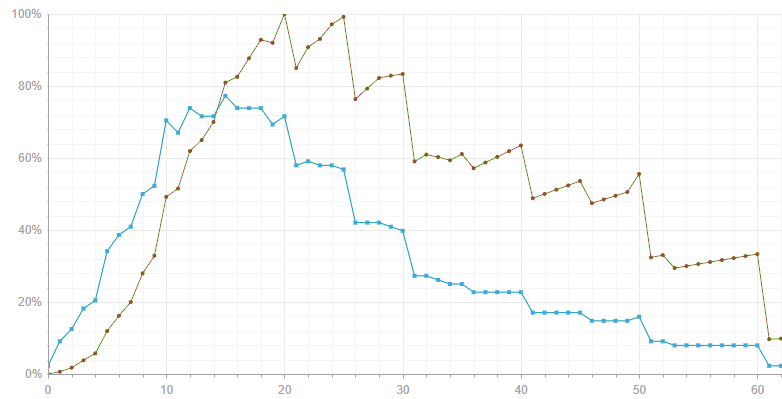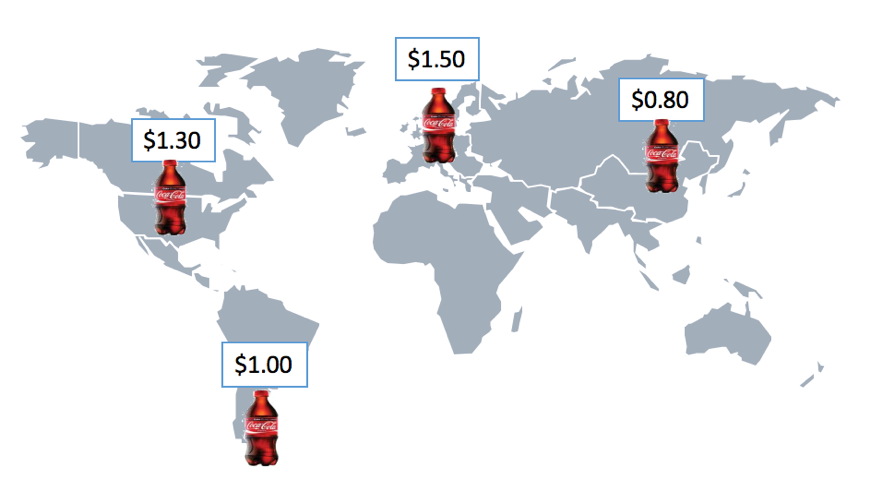Differences in International Willingness-to-Pay: Why Local Insights Matter
 PriceBeam
·
2 minute read
PriceBeam
·
2 minute read

If price research is very expensive to conduct, then either it doesn't get done at all or is limited to one or two markets with managers then assuming that results can be extrapolated to all other markets. But willingness-to-pay is a very local thing. What a customer in USA is willing to pay may be very different from what a customer in Brazil, Germany or Japan is willing to pay. Or it might very well be that a Danish customer values different product features than an Australian customer; value that leads to different levels of willingness-to-pay if sold the same product.

In the above example, two different willingness-to-pay curves are shown for two different markets. The horizontal axis shows the price and the vertical axis indicates willingness-to-pay optimum levels. So in the market represented by the blue curve, the optimal price is 15, whereas the optimal price in the other market is 25, i.e. where the curve peaks. If the price of 25 is also applied to market number 1, then demand would be about 20 percentage points (60 instead of 80) lower.
The above example is very common for international pricing, and shows why local insights are necessary. The good news is that if you do have such insights, you can much better optimize global pricing.
Some key things to consider when running price research globally.
1) Run local price research in each market. Don't rely on insights from one market when making decisions about other markets
2) Always communicate on local terms: ask questions in the local language, show local currencies and contact local people. Don't rely on recruitment from readers of an international newsletter in English, if you want to get reliable results from Portuguese-speaking consumers.
3) Assume that different features might be valued differently by customers in different markets. Design the price research accordingly.
4) Don't assume that you can end up with a single price globally. Harmonizing international prices is the same as leaving a LOT of money on the table, because some markets are willing to pay higher prices. Map it using price research and reap the considerable profits from the insights.
5) If classic market research is too slow and therefore also cost prohibitive, then turn to modern, cloud-based research solutions, sich as PriceBeam, where projects can be launched in hours, run in days and deliver strong and immediate results at a fraction of the cost that old-fashioned market research studies that require months of manual work.
Get in touch with us and learn more about how PriceBeam can provide localized price research in 109 markets around the world.



